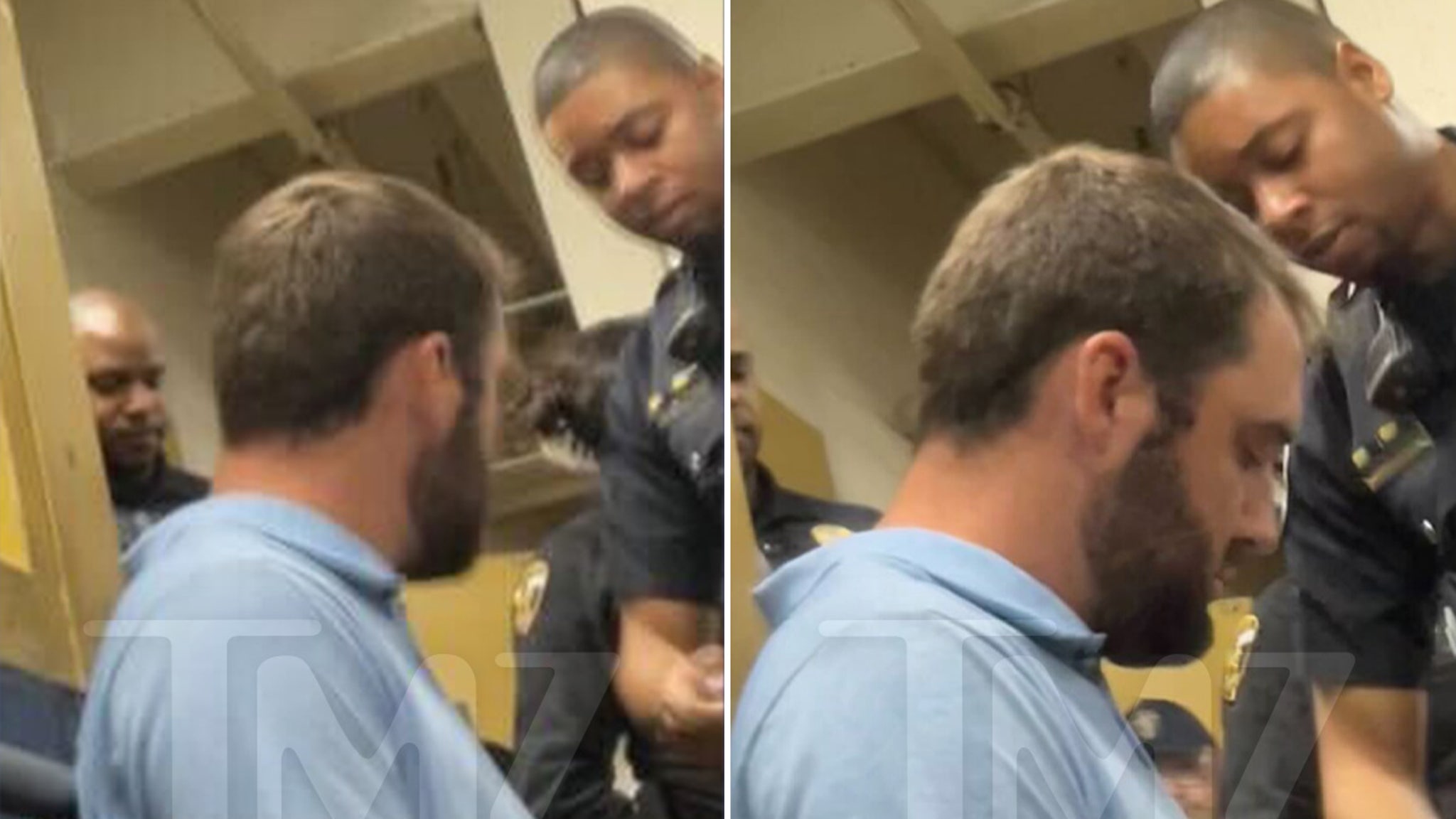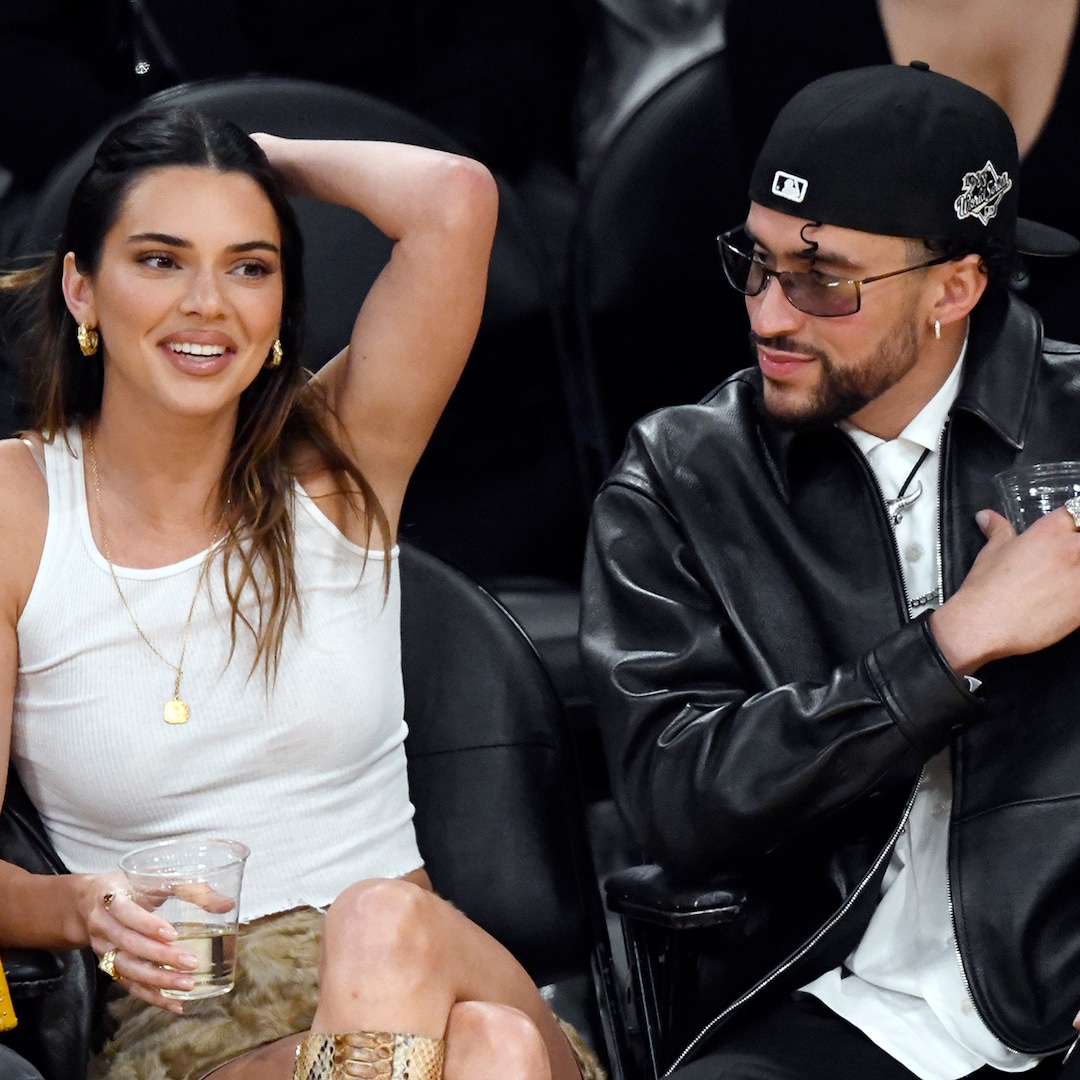Culture
Review: Noche Flamenca, Raising the Dead With Goya

As models for choreography, even the greatest painters are of limited use. Dance, for all of its concern with stage compositions, is an art of motion; painting, even when it implies action, is static. But painters can provide choreographers with an angle of vision, a way of looking at the world.
Each section of “Searching for Goya,” the program that Noche Flamenca is performing at the Joyce Theater this week, takes its title from a work by the Spanish artist Francisco Goya. Most sections start — or start and finish — with a tableau-like staging of the image in question. The dancing doesn’t exactly bring it to life. It’s more that the image is a frame for the flamenco.
“Searching for Goya” is in many ways a typical Noche Flamenca program. It has the company’s signature virtues: excellent musicians (especially the core singers Manuel Gago and Emilio Florido); distinguished guest dancers (Jesús Helmo, Pablo Fraile and Paula Bolaños); and a climactic solo by its star, Soledad Barrio. The aesthetic is unostentatious, only the essentials. And all this aligns well with Goya. It jibes with his tragic realism.
The show dares to take on scenes from Goya’s “Disasters of War” series, and while the choreography (by Barrio, the other dancers and the director, Martín Santangelo) lacks Goya’s terrible explicitness, it has its own expressive power. When these dancers march like soldiers, they do so in frighteningly complex rhythms. When the sound of an artillery blast or firing-squad salvo simulated by feet struck against the floor, bodies jerk with a visceral effect that viewers of Goya can only imagine.
The creepiest theatrical moment derives from “Las Camas de la Muerte” (“The Beds of Death”), Goya’s etching of a hooded mourner and covered corpses. The dance represents this with a long white sheet that bulges as if with bodies. The mourner moves along her diagonal path and the sheet does, too. It lengthens and slides like a giant worm, an endless body count.
But mainly, Goya serves as a jumping-off point. The four colliding bulls of “Little Bulls’ Folly” set up a brilliant braiding of solos and ensemble bits for Barrio, Helmo, Fraile and Bolaños. One of Goya’s depictions of a matador at work inspires an elegant solo by Fraile. Goya’s “Disparate Puntual (Foolish Precision”), which shows a circus performer riding a horse on a wire, occasions a solo of flirty grace by Bolaños, with the rest of the cast playing the crowd in grotesque masks that mirror Goya’s squished faces.
Sometimes the image establishes a mood that the dance sustains. During Helmo’s solo, based on Goya’s “Perro Semihundido,” in which all but a dog’s head is submerged in a brown mound, Helmo keeps looking up at Florido, who sings down at him from a height. Helmo’s gaze is the dog’s, and his beautifully modulated dance extends the emotion, flamenco-style.
The most potent example is Barrio’s turn. Her image is “Two People Looking Into a Luminous Room,” which roughly represents just that, with a doorway into a bright chamber that is only blank white space. Mark London’s lighting comes in low from the left wing. Barrio is between it and the musicians, and she bounces back and forth, recoiling from and confronting the light.
There is little in dance as intense as a solo by Barrio. Over and over, she dives in, plunging somewhere deep, her articulate feet both pounding a way through and protesting at the same time. She pits her own dark luminosity against the light from the wing, which seems to represent death, a fact that this artist and company, like Goya, face unflinchingly. It’s a mercy that “Searching for Goya” ends with the release of a happy party. After Barrio is done, everybody needs one.
Noche Flamenca
Through Sunday at the Joyce Theater, Manhattan; joyce.org.





















